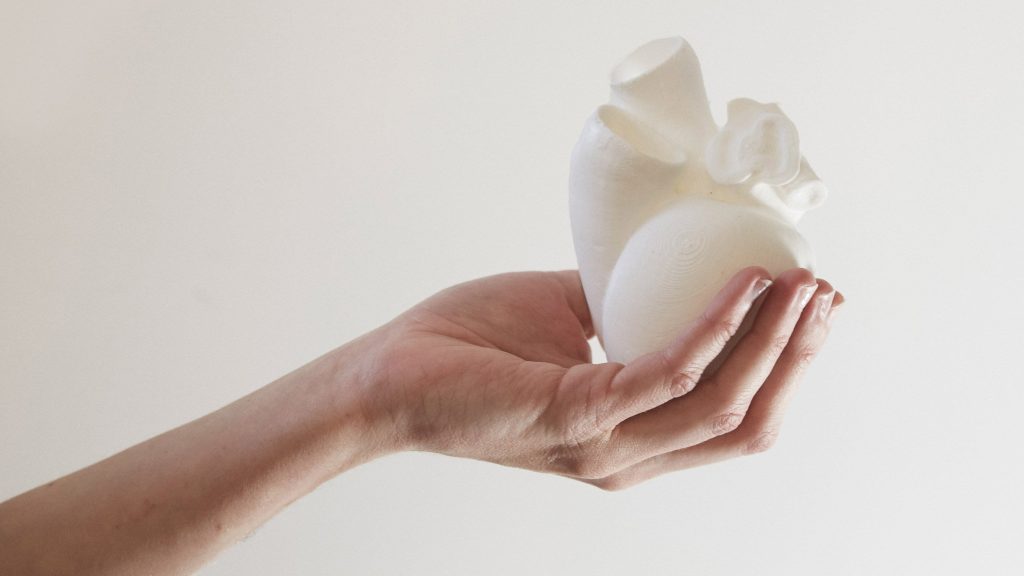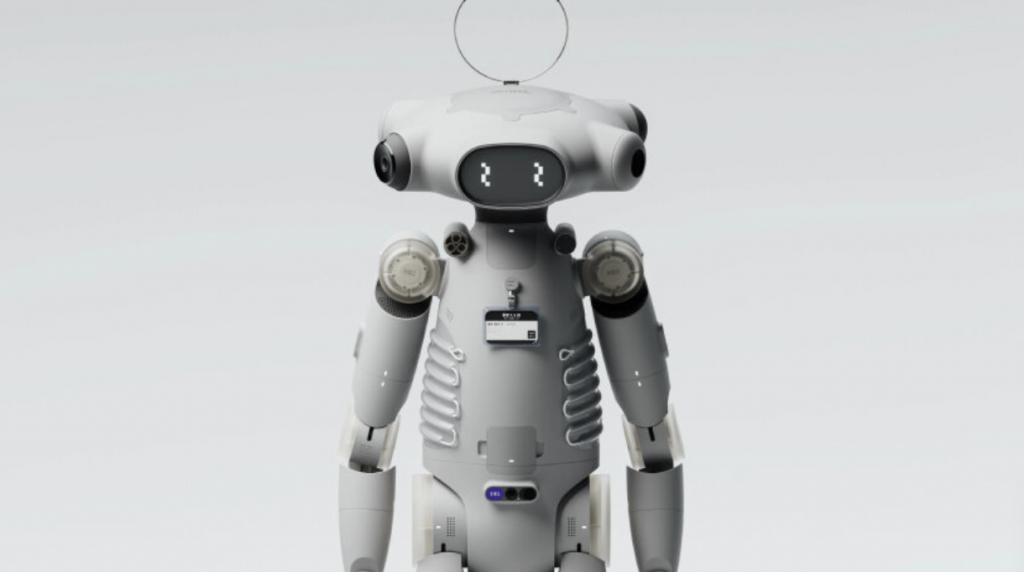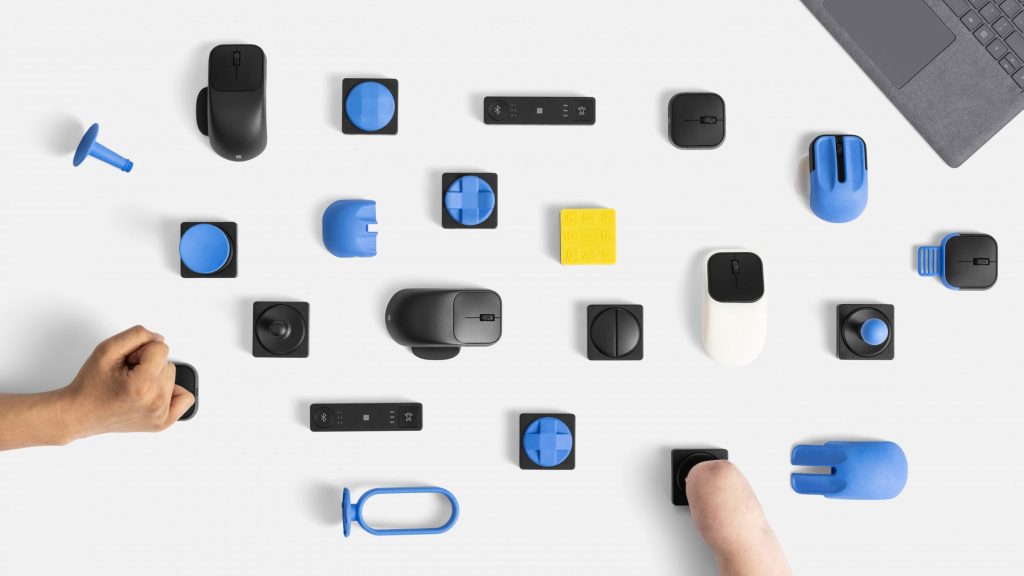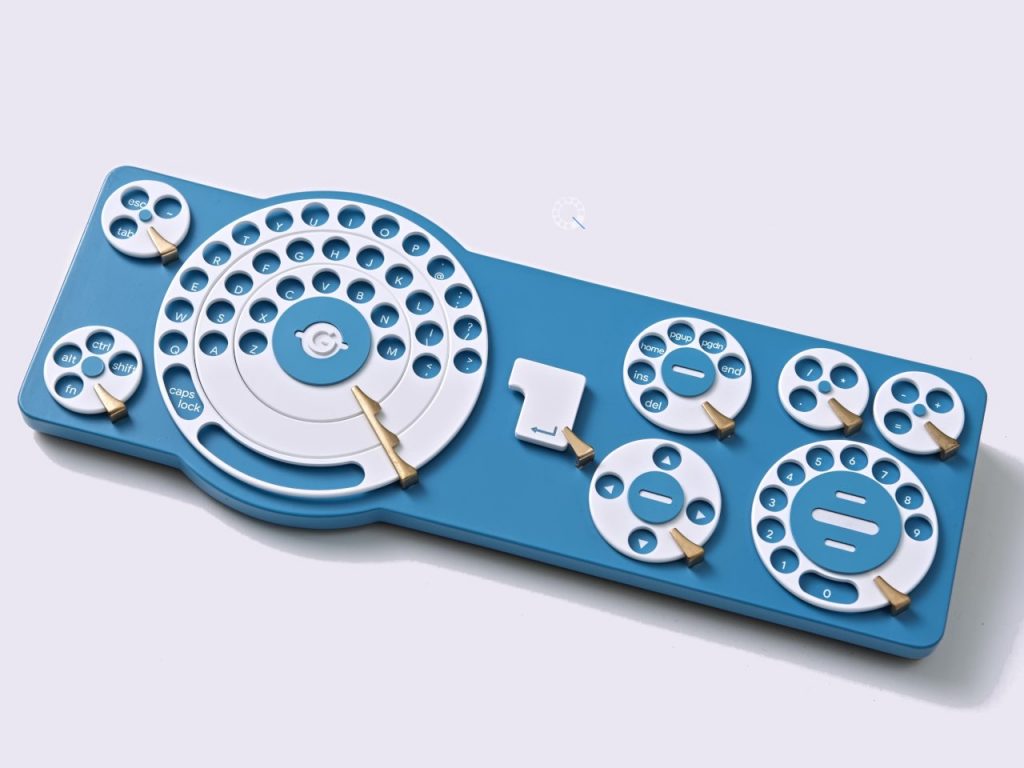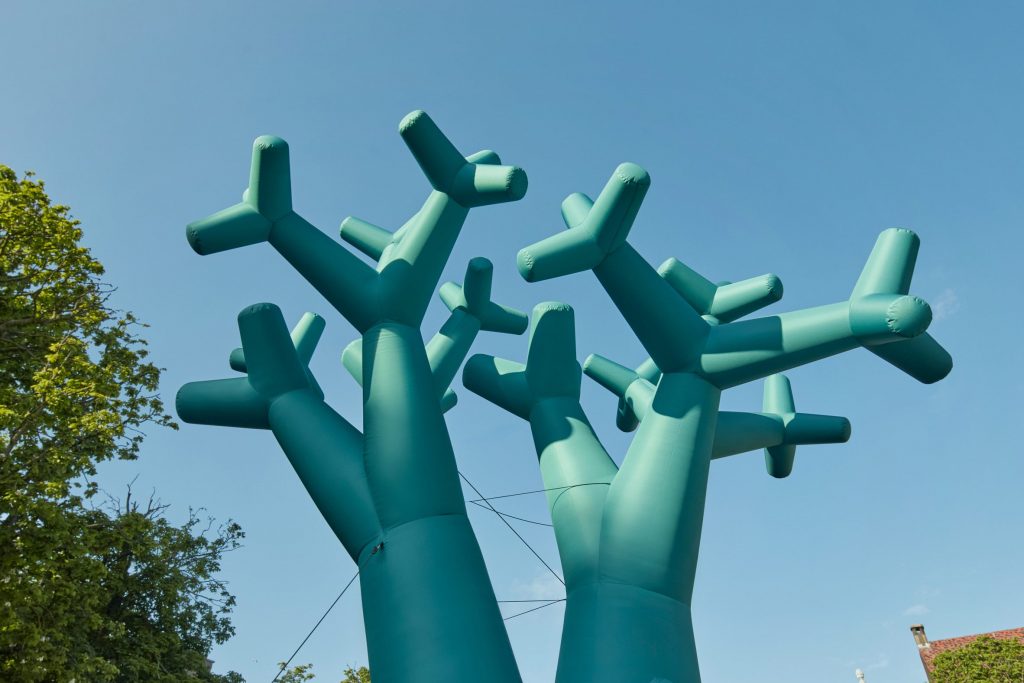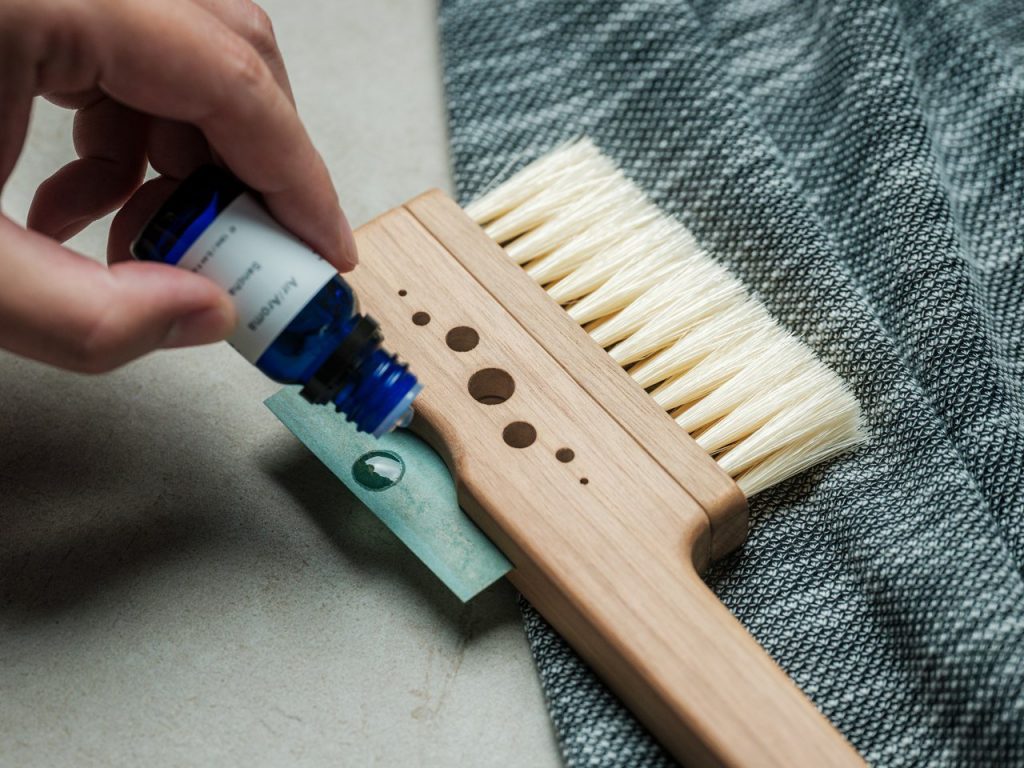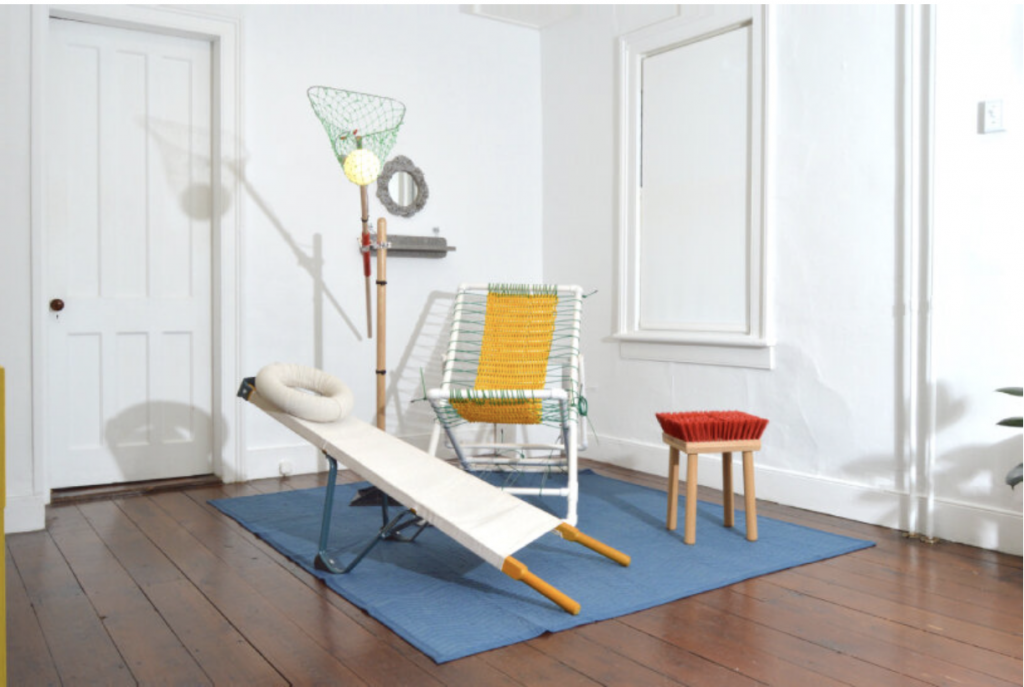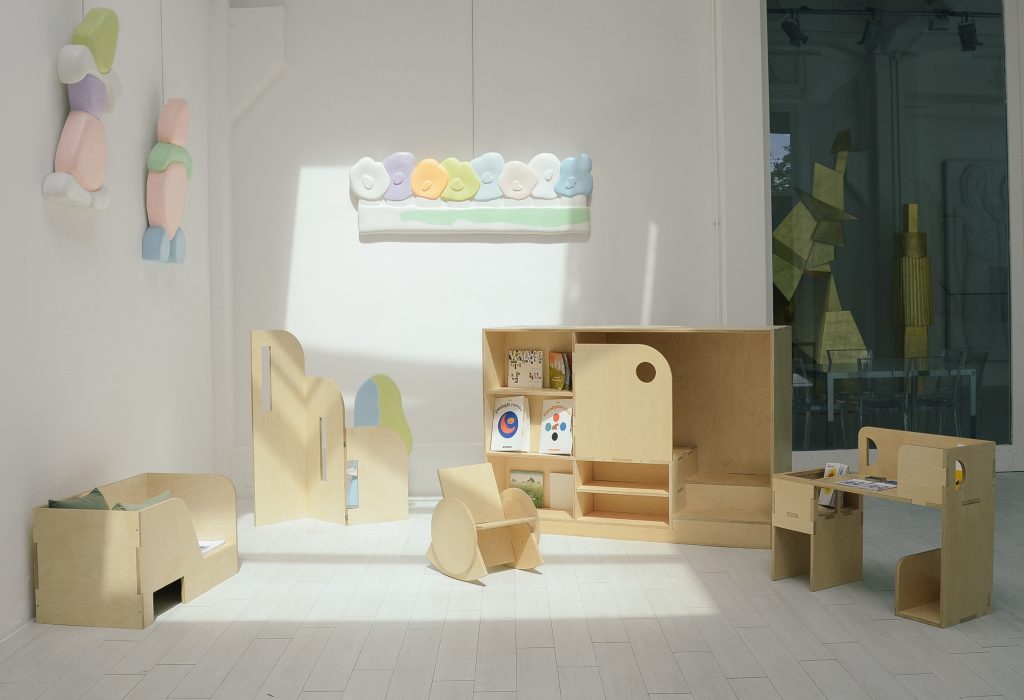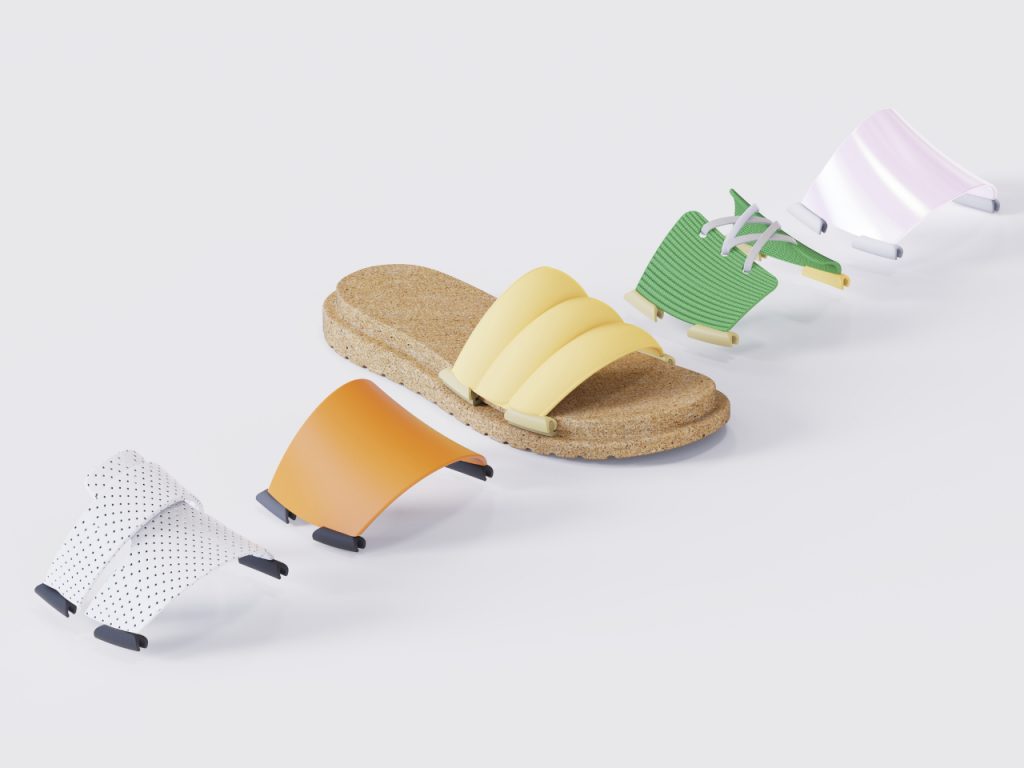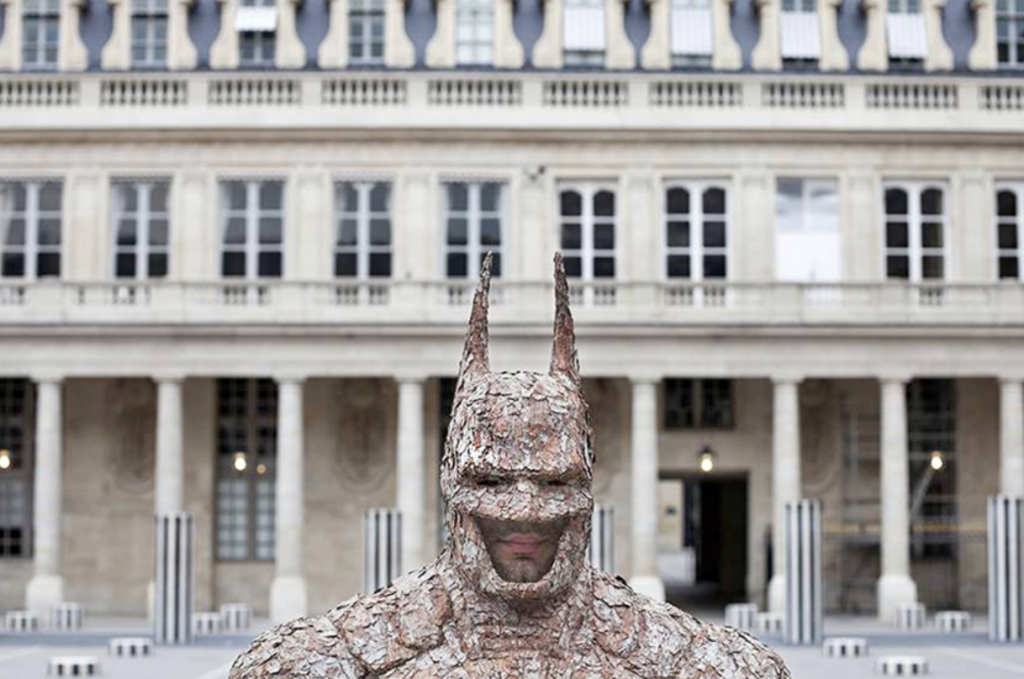Surgery is undergoing a quiet transformation — not just through technology, but through design. From 3D-printed hearts that help doctors plan complex procedures to tiny soft robots that could one day operate inside the body, and wearable chairs that support surgeons during long operations, designers are rethinking every stage of the surgical experience. These innovations show that the future of surgery isn’t just about precision tools — it’s about human-centered solutions that reshape how we heal.
